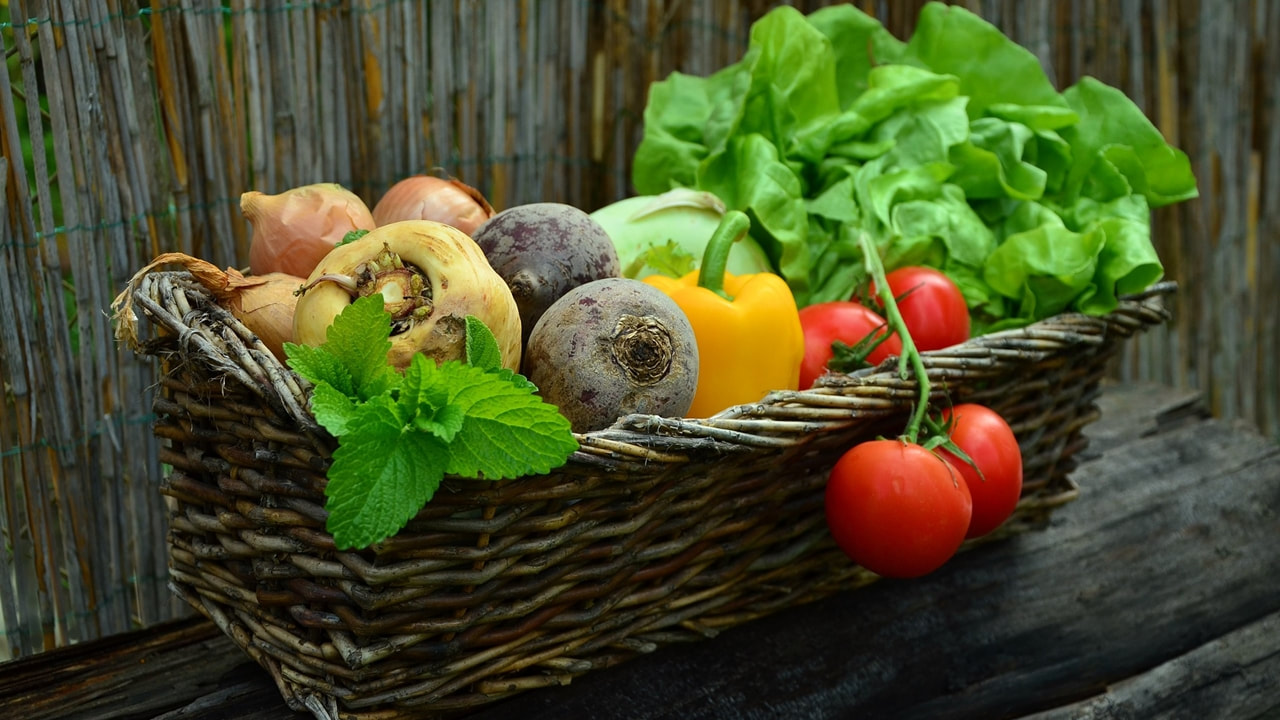Lyme Disease Diet
What to Eat When Battling Chronic Lyme Disease
Diet, or what you eat, is everything to keeping your body running the way it was designed to. For people recovering from chronic Lyme disease, diet is one of the most important factors to get right to create a solid foundation for healing from the condition.
We’re not going to throw any fancy diets or eating trends at you, or tell you to eat a certain way, because every person has a health that is unique to them. What’s good for one person can be bad for another. Though many chronic Lyme physicians use the Paleo diet to help their patients recover, and as of late, Dr. Marty Ross, M.D. has been recommending the Mito Food Plan.
|
What we will do is suggest wholesome foods as a starting point for a diet that you can adjust depending on your body’s specific needs and how you react to them.
Remember, with any diet, nutrition and calories are the point of eating in the first place. You need nutrition for your mechanics to work correctly and calories to provide energy to those mechanics. Since people with chronic Lyme have bodies with a greater workload, eating nutrient-dense and calorie-dense foods help meet the body’s greater demand.
|
|
Just a thought: Having chronic Lyme means not always having the energy to cook a healthy and nutritious meal. To make sure your body is getting adequate nutrition, consider taking a high quality multivitamin of which its nutrients are in their most absorbable forms. People in general tend to be deficient in nutrients such as vitamin D and iodine, so fill your gaps.
Vegetables
When choosing vegetables, go with organic as much as possible to avoid adding to your body's workload. "Eat the rainbow", as they say, and choose a wide variety of colorful vegetables. Avoid genetically modified produce.
Vegetables: Artichokes, Asparagus, Beets, Bell Peppers, Broccoli, Cabbage (red or green), Cauliflower, Carrots (orange, purple, white, yellow, etc), Celery, Collard Greens, Cucumber, Garlic, Eggplant, Kale, Leeks, Onions, Potatoes, Radishes, Shallots, Spinach, Squash (e.g., Spaghetti, Buttercup, Acorn, Zucchini, etc), String Beans, Swiss Chard
Fruits
When choosing fruits, go with organic as much as possible, just like vegetables. Fruits high in sugar may not fare well for those with Lyme and/or Candida, so instead choose low sugar fruits such as those listed below. Avoid genetically modified produce.
Fruits: Avocados, Berries (e.g., Blackberries, Strawberries, Blueberries, etc), Coconut, Grapefruit, Lemons, Limes, Olives, Tomatoes
Meats
When choosing meats, go with ethically raised, grass-fed, free-range, and organic whenever possible. Avoid meats with antibiotics and growth hormones.
Certain seafood tends to be high in mercury, which is something people with chronic Lyme, especially those with amalgams, should avoid. Avoid processed meats and be aware some meats are marinated in sugar and other potentially unwanted substances.
Meats: Beef (grass fed, opt for 80% for calories), Bison (grass fed), Eggs, Lamb (grass fed), Pork (humanely raised and vegetarian fed), Poultry (free range, organic when possible, consume skin for extra calories), Sardines (extremely low in mercury), Wild Caught Alaskan Salmon (extremely low in mercury)
Grains
When choosing grains, go for naturally gluten-free grains, as gluten tends to be inflammatory in many people. People with chronic Lyme need to avoid additional inflammation.
Grains: Buckwheat, Millet, Oat Bran, Oats, Quinoa (yellow or red), Rice (choose brown over white rice, monitor arsenic levels if consuming a lot)
Nuts, Seeds, & Legumes
When choosing nuts, seeds, or legumes, go for organic as much as possible. Consume raw nuts and seeds. Soaking nuts & seeds mimics rain by neutralizing enzyme inhibitors allowing for easier digestion.
Nuts, Seeds, & Legumes: Almonds, Brazil Nuts (consuming too many at once can cause selenium toxicity), Beans (e.g., black, kidney, white, etc), Cashews, Peanuts, Squash Seeds (e.g., pumpkin seeds), Sunflower Seeds, Walnuts
Herbs, Spices, & Condiments
When choosing herbs, spices, and condiments, go for organic whenever possible. Avoid condiments that contain MSG, gluten, anti-caking agents, sugar, and instead go for unrefined, unprocessed, and unheated.
Herbs, Spices, & Condiments: Apple Cider Vinegar (we recommend Bragg's), Black Pepper (we love the taste of Whole Foods' 365 Black Pepper), Extra, Virgin Coconut Oil (we recommend Carrington Farms), Extra Virgin Olive Oil (we recommend California Olive Ranch), Sea Salt (we recommend Real Salt), Spices, Whole or Dry Herbs (e.g., Basil, Rosemary, Oregano, etc, try growing your own indoor herbs)
Exceptions
When consuming food exceptions, it's absolutely important to listen to how your body responds them. Food exceptions are still healthy food options for some people, but can and do make others not feel well. Listen to your body!
Exceptions: Coconut Butter (we recommend Artisana), Coconut Milk (we recommend Native Forrest Simple), Plain Yogurt (e.g., coconut, almond), Raw Dairy (not worth the pathogenic risk, as those with chronic Lyme tend to have compromised immune systems), Raw Honey
Also on Tired of Lyme
Refresh
Refresh
Subscribe to Tired of lyme!
Subscribe to Tired of Lyme's mailing list and get notified of new articles!












Comments